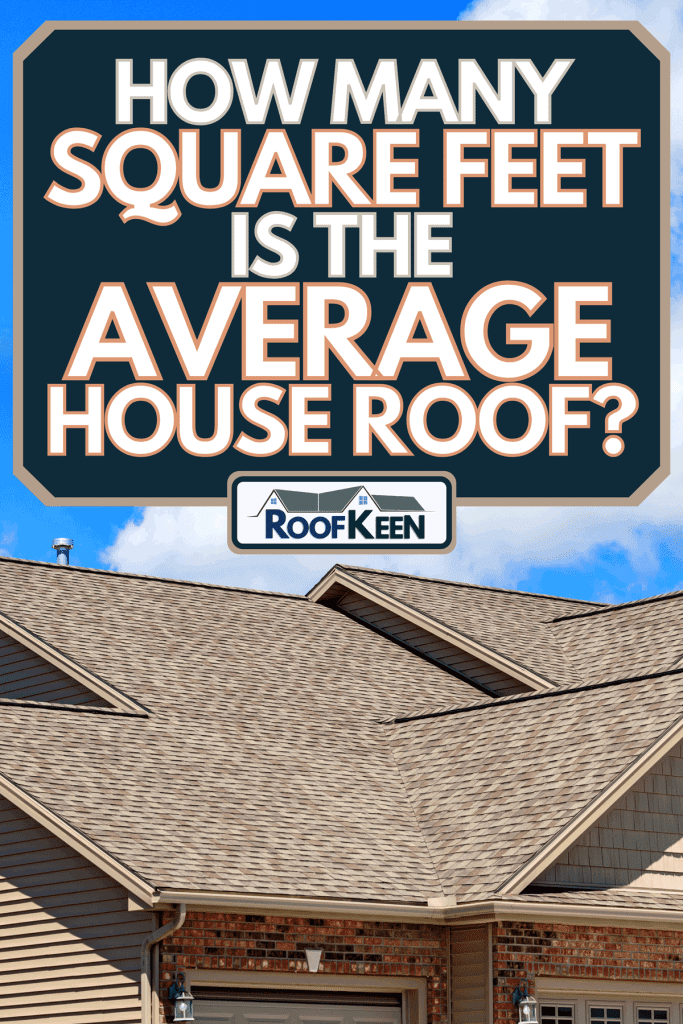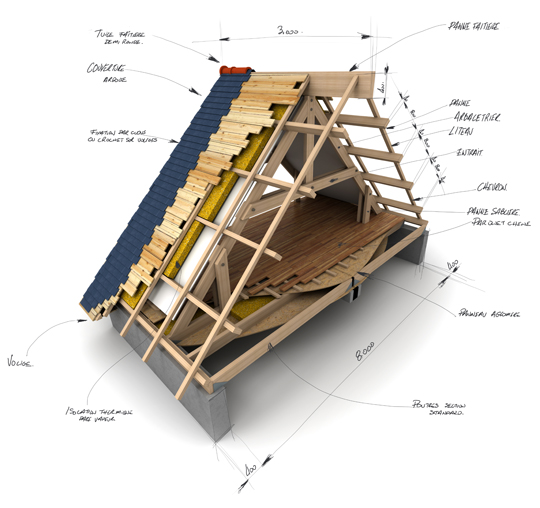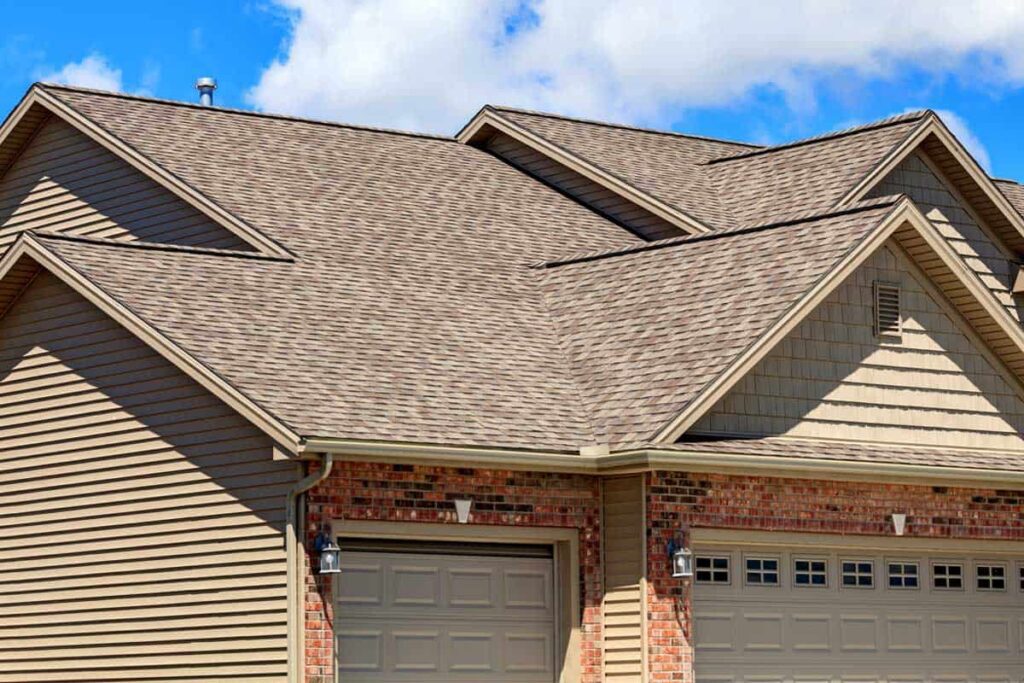Imagine you’re sitting outside, gazing up at the expanse of rooftops surrounding you, and a curious question pops into your mind: How many square feet is a normal roof? It’s a question many of us have wondered about but never really had the chance to find out. Well, today is your lucky day because we’re here to unravel the mystery behind the size of a typical roof. Whether you’re a homeowner planning to replace your roof or simply a curious soul wanting to expand your knowledge, prepare to be enlightened on this fascinating subject.
Roof Size Factors
When it comes to determining the size of a roof, there are several factors that come into play. These factors can vary for residential and commercial buildings, and they can also be influenced by the style of the roof and the materials used. Understanding these factors is crucial when estimating the size of a roof and planning for roofing projects.
Factors Affecting Roof Size
The size of a roof can be affected by numerous factors, including the dimensions of the building it is covering, the pitch or slope of the roof, and the architectural style. The dimensions of the building, including the length, width, and height, play a significant role in determining the overall size of the roof. The larger the building, the larger the roof is likely to be.
Additionally, the pitch or slope of the roof impacts its size. A steeper slope will require more materials and a larger surface area to cover compared to a roof with a lower pitch. The architectural style of the building also plays a role, as certain styles may have more complex roof designs that require additional materials and a larger size.
Different Roof Types
There are several different types of roofs commonly used in residential and commercial buildings. Some of the most common roof types include gable roofs, hip roofs, flat roofs, and mansard roofs. Each roof type has its own unique characteristics and design, which can impact the size of the roof.
For example, a gable roof has two slopes that meet in the middle, forming a triangular shape. This type of roof typically has a larger surface area compared to other roof types. On the other hand, a flat roof has minimal slope and a simpler design, resulting in a smaller size. The choice of roof type can significantly affect the overall size of the roof.
Roofing Materials
Another factor that influences the size of a roof is the type of roofing material used. Different materials have different sizes and dimensions, which can impact the overall size of the roof. For instance, asphalt shingles, one of the most common roofing materials, typically come in rectangular shapes that need to be laid out in rows to cover the roof surface.
On the other hand, metal roofing often comes in large sheets that can cover a larger area with fewer seams. The size and shape of the roofing material can affect the number of materials needed and consequently impact the size of the roof.
Architectural Style
The architectural style of a building can also affect the size of the roof. Different architectural styles, such as colonial, Victorian, or contemporary, often feature distinct roof designs that may increase or decrease the overall roof size. For example, a Victorian-style home may have multiple gables and complex rooflines, resulting in a larger roof size compared to a more simplistic architectural style.
It’s important to consider the architectural style of a building when estimating the roof size, as it can significantly impact the materials and labor required for the project.

Average Roof Size
Understanding the average roof size can be beneficial when planning for roofing projects or estimating costs. Both residential and commercial buildings have their own average roof sizes, which can serve as a starting point for determining the size of a specific roof.
Average Roof Size for Residential Buildings
The average roof size for residential buildings can vary depending on factors such as the size of the house, the architectural style, and the region. However, on average, a typical residential roof in the United States ranges from 1,200 to 2,400 square feet. This size includes the total area of all roof slopes, also known as the roof surface area.
It’s important to note that this average roof size is a general guideline, and individual homes may have larger or smaller roofs depending on their specific characteristics and design.
Average Roof Size for Commercial Buildings
When it comes to commercial buildings, the average roof size tends to be larger compared to residential buildings. Commercial roofs can vary greatly, depending on the type of building and its purpose. On average, commercial roofs can range from 5,000 to 10,000 square feet or even larger for larger-scale commercial or industrial facilities.
The size of commercial roofs is influenced by various factors, including the size of the building itself, the type of business or industry, and the specific requirements for the building’s operations.
Roof Size Calculation
Calculating the size of a roof is an essential step in planning for roofing projects or estimating costs. Several factors need to be considered when calculating roof size, including the pitch or slope of the roof, the number of roofing squares, the measurements of the roof, and the roofing waste factor.
Pitch and Slope
The pitch or slope of a roof refers to how steep or flat it is. The pitch is usually expressed as a ratio, such as 4:12 or 6:12, where the first number represents the vertical rise in inches for every 12 inches of horizontal distance. The higher the pitch, the steeper the roof, which typically requires more materials and results in a larger roof size.
To calculate the size of a roof based on its pitch, you can measure the length and width of the building, and then multiply these dimensions by the pitch ratio. For example, if the length of the building is 40 feet and the width is 30 feet, and the pitch is 4:12, the total roof surface area would be 40 x 30 x (4/12) = 400 square feet.
Number of Roofing Squares
Roofing squares are a measurement unit commonly used in the roofing industry. One roofing square is equal to 100 square feet. To calculate the number of roofing squares for a roof, you need to divide the total roof surface area by 100.
In the example above, with a total roof surface area of 400 square feet, the number of roofing squares would be 400 / 100 = 4 squares.
Roofing Measurements
Accurate measurements of the roof are crucial when calculating its size. Measurements should be taken for each individual roof slope to account for any variations in dimensions. The length and width of each slope should be measured and then multiplied to calculate the surface area of each slope. These individual surface areas can then be added together to determine the total roof size.
Roofing Waste Factor
When estimating the size of a roof, it’s essential to factor in the waste generated during the roofing installation process. Waste can occur due to trimming, cutting, and other necessary adjustments. Typically, a waste factor of 10% is added to the calculated roof size to account for these wastages.
To include the waste factor in the total roof size calculation, you can multiply the total roof surface area by 1.1. For example, if the total roof surface area is 400 square feet, the final estimated roof size, considering the waste factor, would be 400 x 1.1 = 440 square feet.

Read more …
